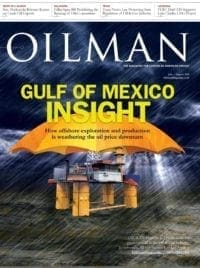FERC informed stakeholders in a May 20 notice in the Federal Register that Sabine Pass LNG filed an application for a limited amendment to its FERC-approved proposal to construct LNG liquefaction and modified terminal facilities to export domestically produced natural gas at the Sabine Pass LNG terminal.
Sabine Pass LNG requested authorization to install approximately 5,000 feet of 36-inch-diameter piping, to be called the East Meter Pipe, and two above-ground isolation valves for the purpose of facilitating the delivery of feed gas to the liquefaction project. The company said in its application that it will install the East Meter Pipe project as part of the liquefaction project, which is being constructed at the site of the existing Sabine Pass LNG terminal in Cameron Parish, La.
The East Meter Pipe project will enable the transfer of natural gas received at an interconnect at the Transco Meter Station, proposed on the eastern side of the Sabine Pass LNG terminal, to the existing feed gas header pipe on the western side of the Sabine Pass LNG terminal site. When completed, the East Meter Pipe project will have the capability to supply 2,100 million standard cubic feet per day of natural gas to the liquefaction project.
Sabine Pass LNG said that, with the exception of approximately 20 feet of the East Meter Pipe, which will be located within the boundary of the Transco Meter Station along with the corresponding isolation valve, the East Meter Pipe project will be located entirely within the Sabine Pass LNG terminal and liquefaction project property. All land impacts of the East Meter Pipe project will occur within previously disturbed areas, so there will be no new permanent land impacts to account for, the company said.
In May 28 comments filed with FERC, the Louisiana Department of Wildlife and Fisheries (LDWF) said that, based on its review of an environmental assessment of the East Meter Pipe project, it determined that the proposed project will have minimal or no long-term adverse effects on wetland functions. LDWF said that it has no objection to the project.




